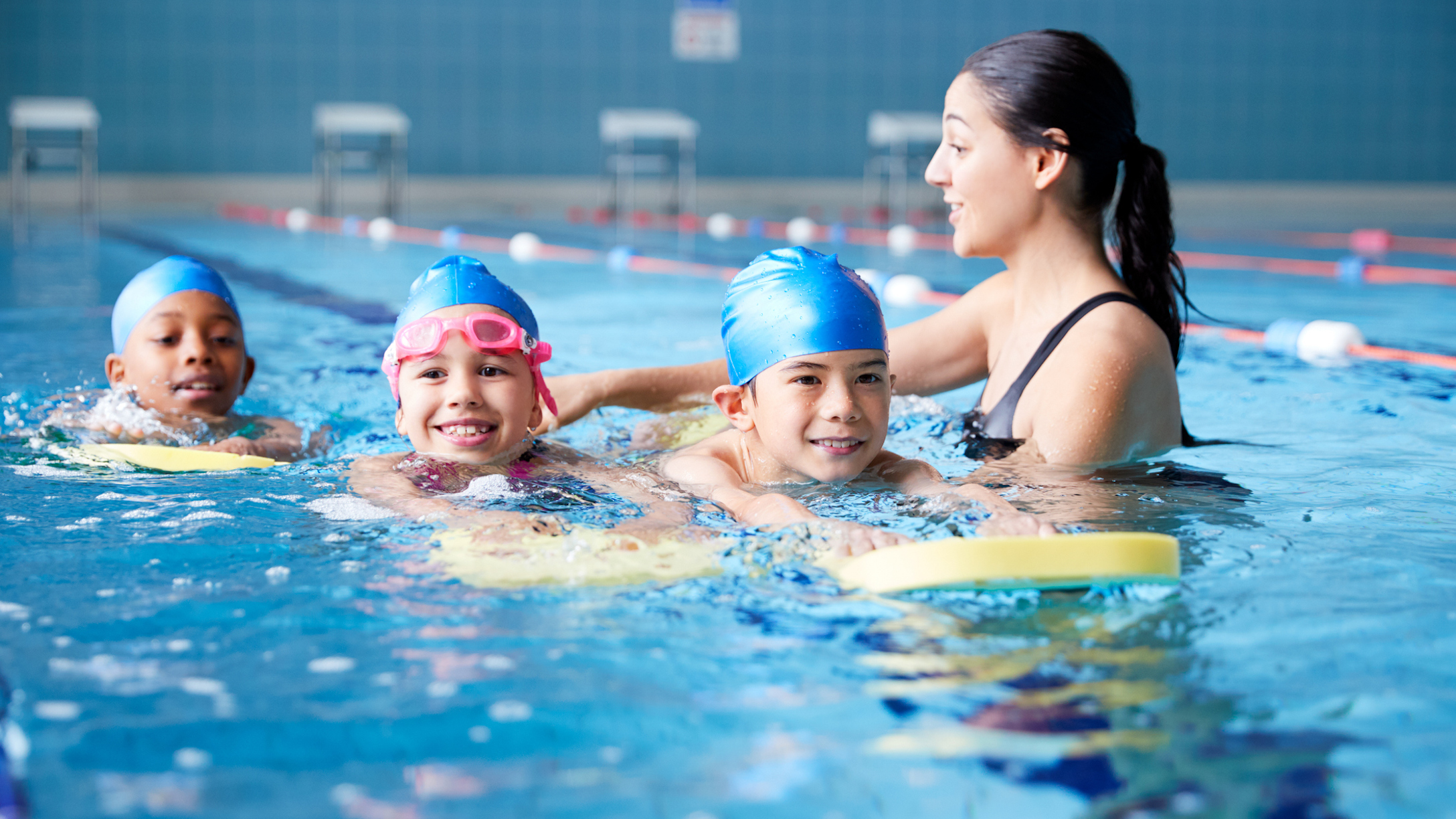
Summer’s here, and being outside is always more fun with a dip in the pool, a boat ride on a lake, or a day at the beach. But for those of us planning to be around water with our kids, it’s time for a refresher course on swimming safety. Drowning incidents can happen in an instant, and it’s important to keep our little ones protected. Safety doesn’t start and end with learning how to swim. Even good swimmers can have accidents. With these tips, however, water incidents are less likely to occur.
It’s not that we have to avoid pools or other water activities altogether. Sure, it can be dangerous, but as long as we’re adequately prepared and keeping a watchful eye, a pool day can be a blast. Here’s how to keep things safe and fun all summer long.
More from CafeMom: How To Keep Baby Comfortable During the Hot Sticky Summer Months
Swim Lessons
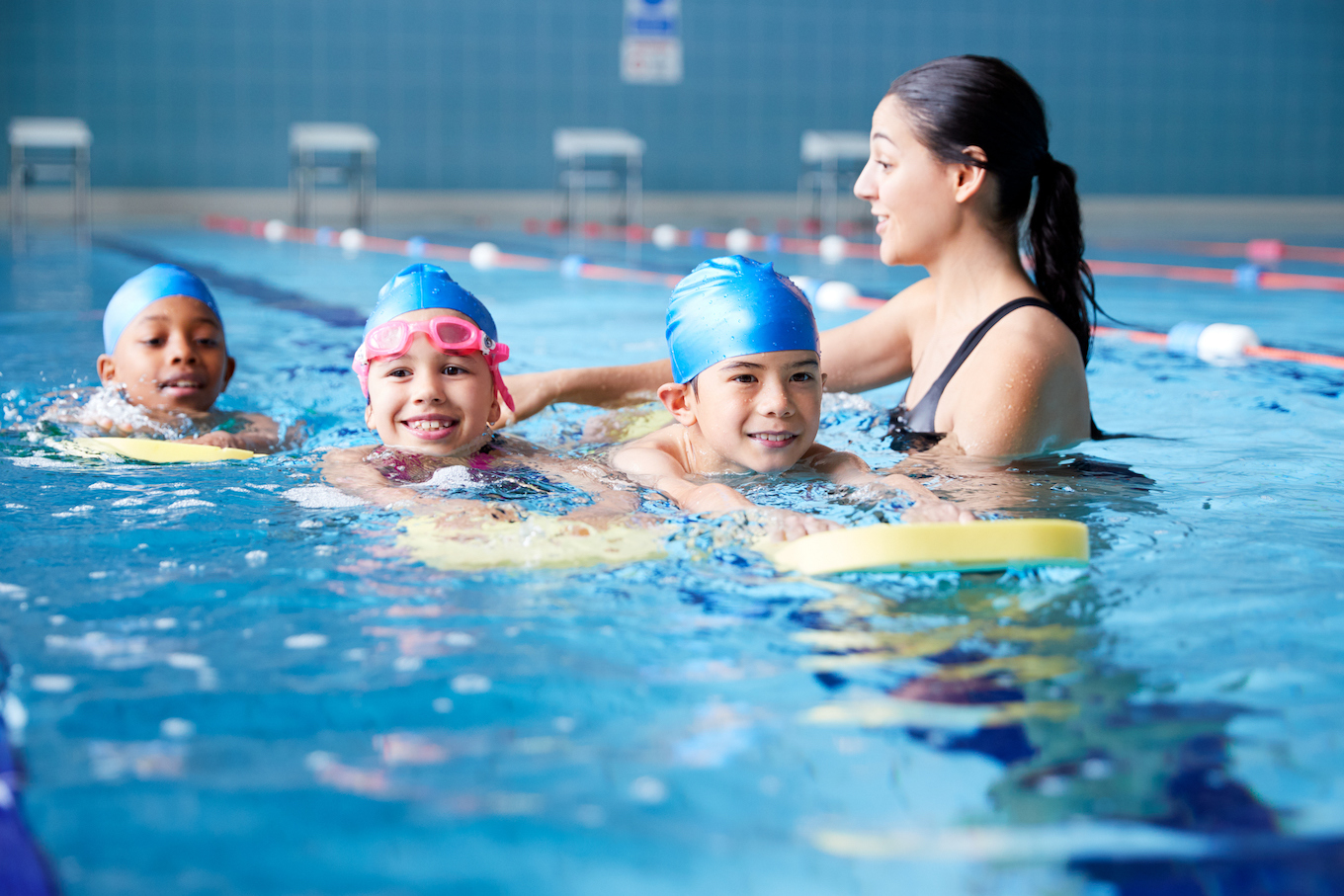
The best way to get ahead of water accidents is to give kids the tools to keep their heads above water and to get out when necessary. According to the United States Swim School Association, formal swim lessons reduce a child’s drowning risk by 88%. And kids of all ages can take swim lessons — they even have them for babies. Use the association’s website to find a swim school nearby.
Parents Also Can Take Lessons
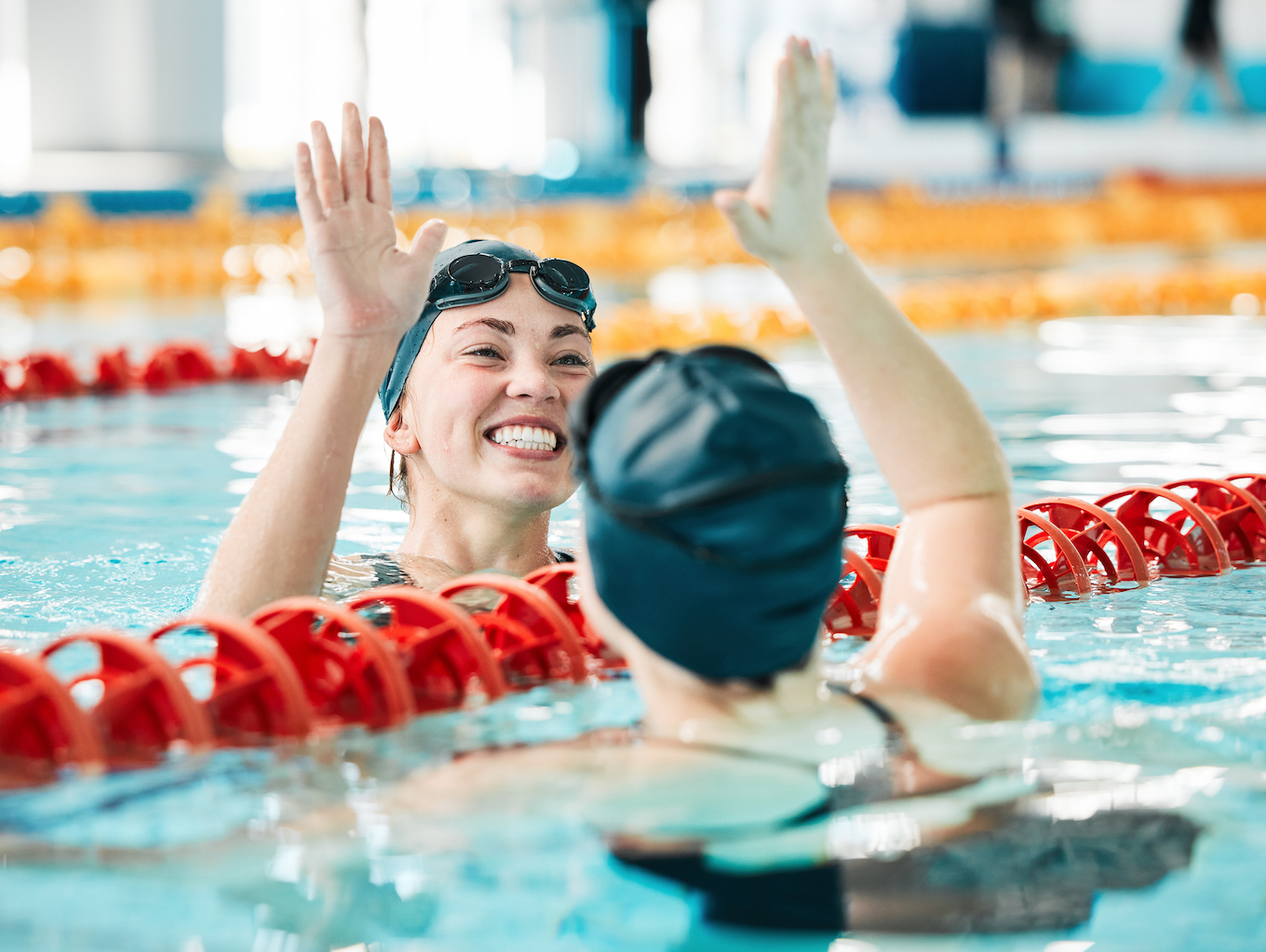
Having a teacher for our kids is great, but we also need to make sure our own swimming skills are up to snuff. That way we can lead by doing. Per the USA Swimming website, kids who come from families who swim are “2.7 times more likely to be good swimmers” themselves.
Refresh Skills
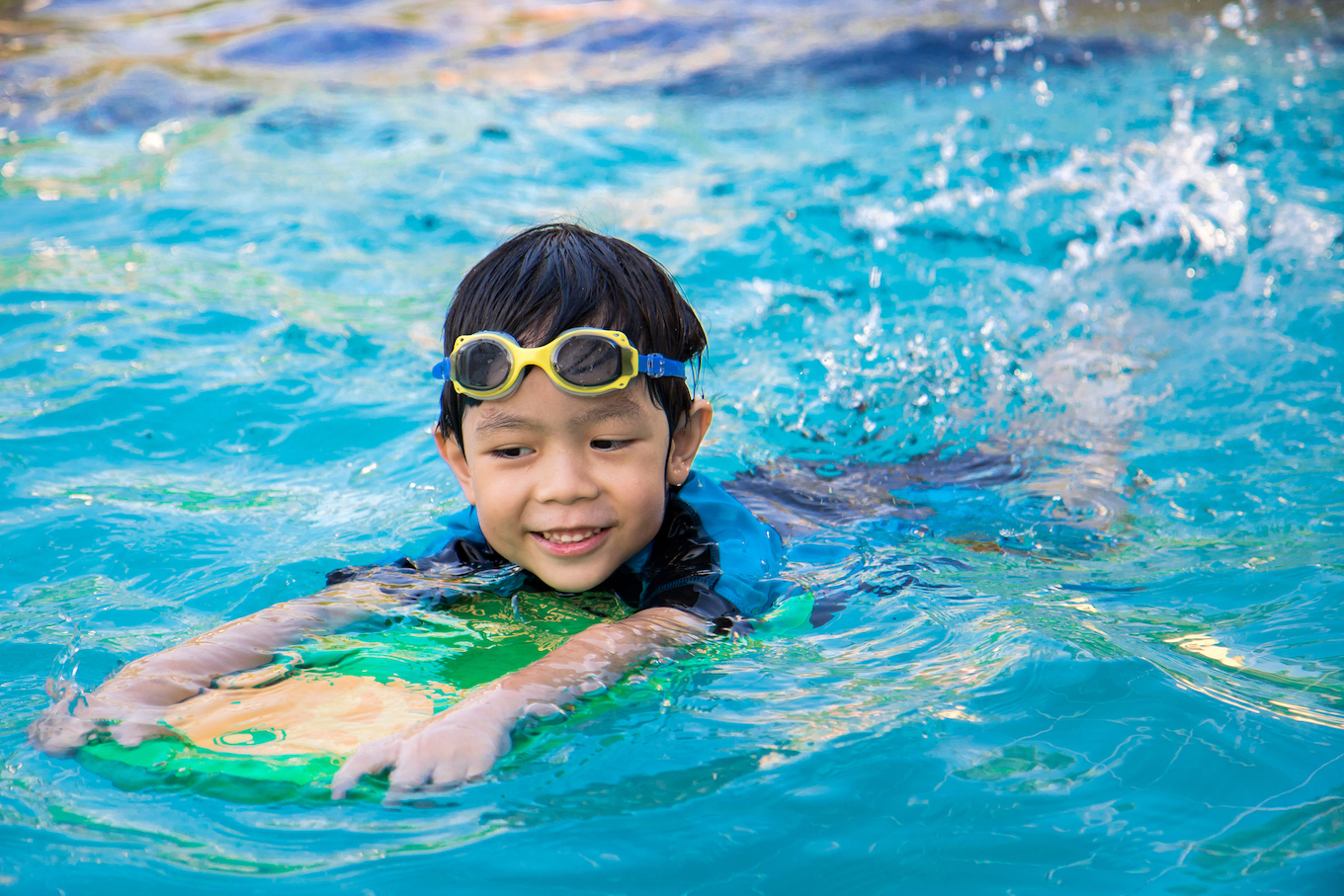
Now that summer is upon us, it’s a logical time to make sure even our good swimmers have a refresher course. It’s not necessarily like riding a bike where we just remember all our water skills on memory alone. Having kids take a few reminder lessons before diving into the summer is a great way to make sure they still know how to swim safely.
More from CafeMom: Alligator Appears To Aim Right at Girl Scouts Swimming in Texas Lake
Swimsuit Colors Matter
The way light reflects in water and even the color of the bottom of the pool can change how easy is it to see certain colored swimsuits. Avoid dressing kids in colors like white or blue, which can easily be missed once they’re in the water. Instead, Akron Children’s Hospital recommends picking bright, neon swimsuits that stand out for parents and lifeguards to easily spot.
Don't Rely on Lifeguards
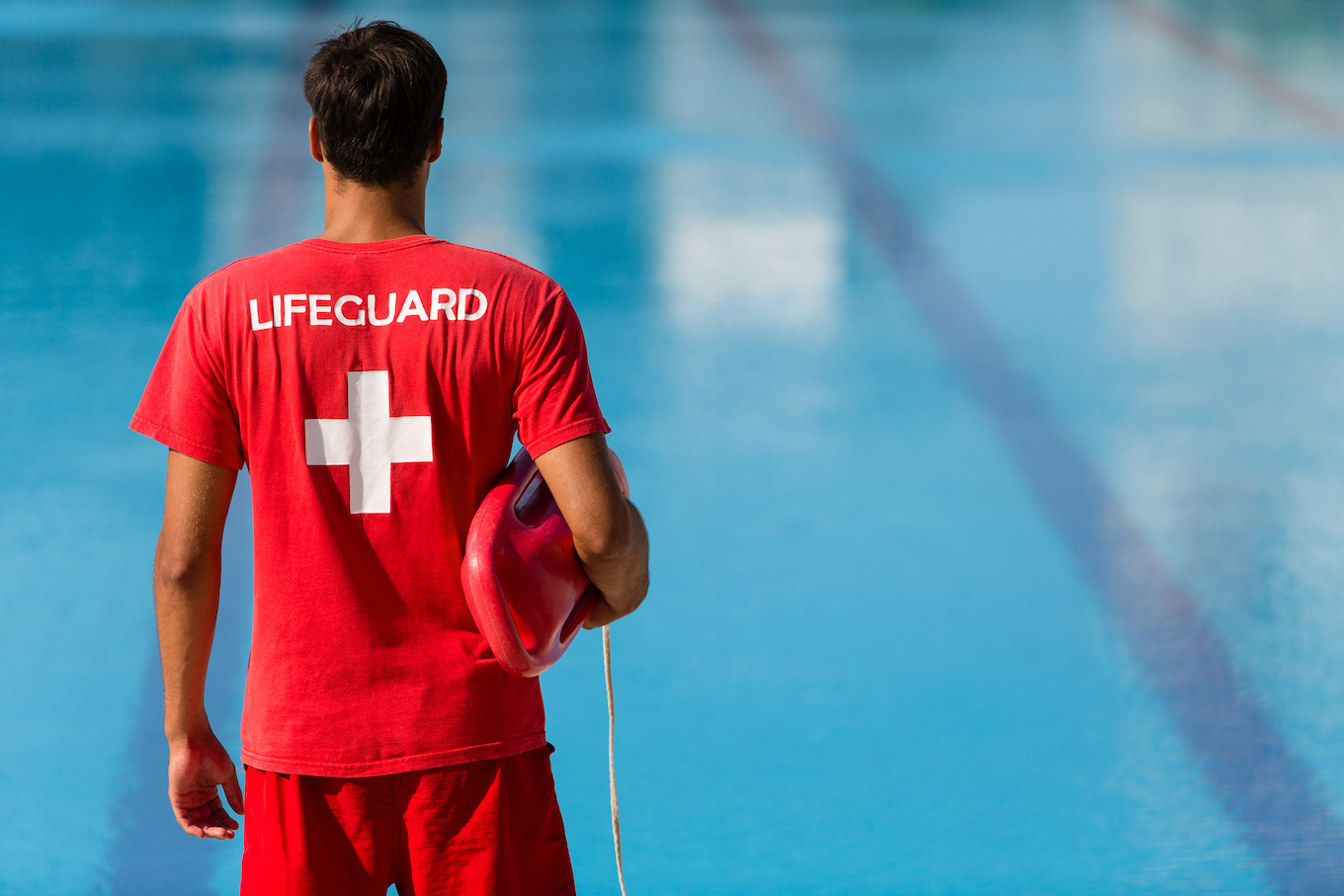
Sure, it’s a lifeguard’s job to keep an eye on swimmers, but parents can’t use that as the only thing between them and a child drowning. Keeping an actual eye on our own kids — and really being within arm’s reach of them — is the safest thing to do. There’s a lot going on at a pool or beach, and lifeguards can’t see everything all the time.
Keep Clear of Drains
The ZAC Foundation was established when Karen and Brian Cohn’s 6-year-old son Zachary died after being entrapped in a pool drain. Now the foundation advocates for drain safety. It’s important to note that many pools might have unsafe drains that can create dangerous suction or cause hair or jewelry to get stuck and entrap someone.
The ZAC Foundation recommends steering clear of drains at unknown pools and making sure to install safe drains in home pools.
Look Out for Currents
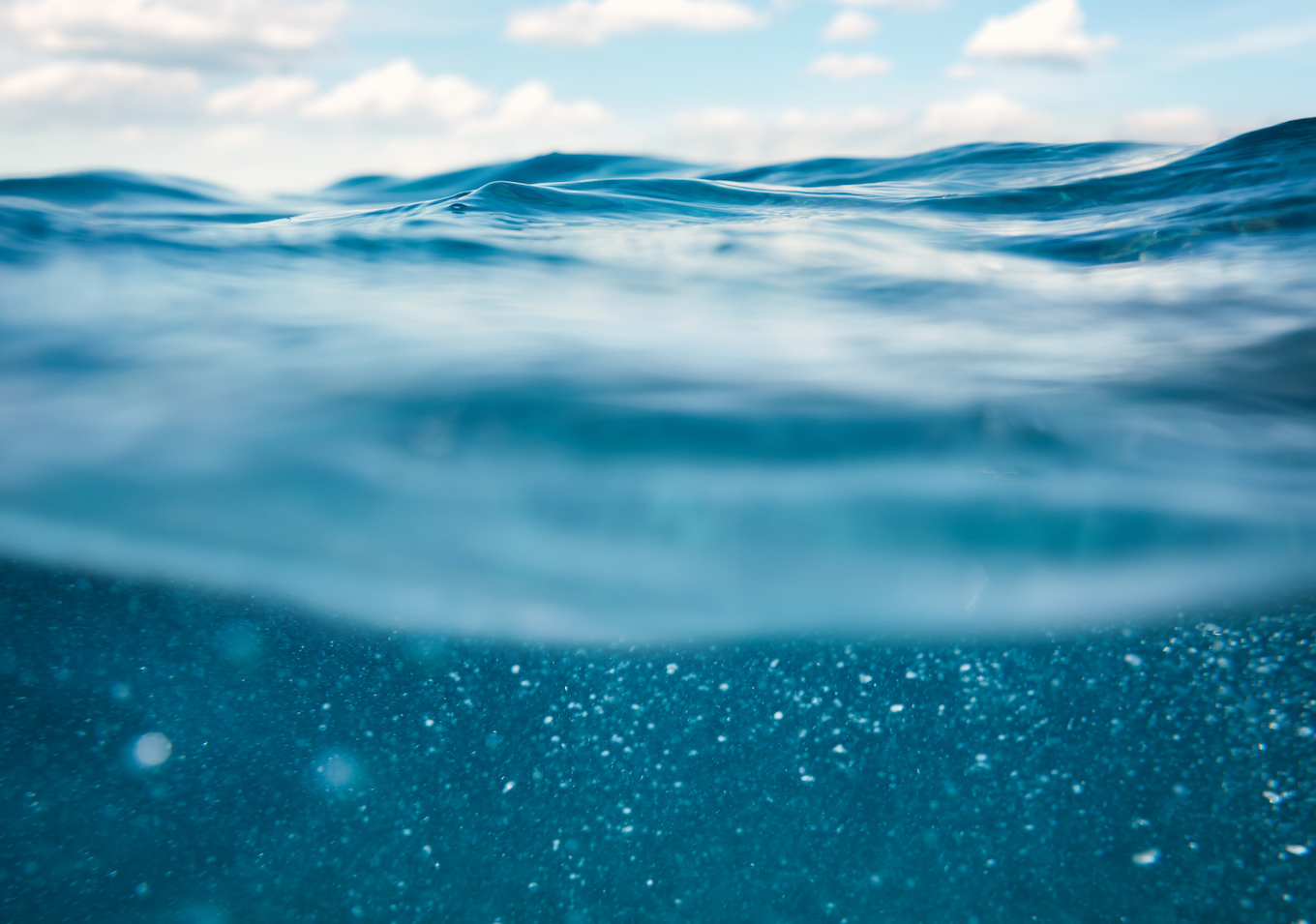
It’s not just suction from pool drains that poses a threat to little ones. When swimming (or boating) in larger bodies of water like lakes and oceans, parents need to watch for strong currents or waves and obstructions underwater. These can harm children and even experienced adult swimmers.
According to the American Red Cross, currents and waves can occur in lakes as well as the ocean, so don’t assume that manmade water areas are safe.
Pool Fencing
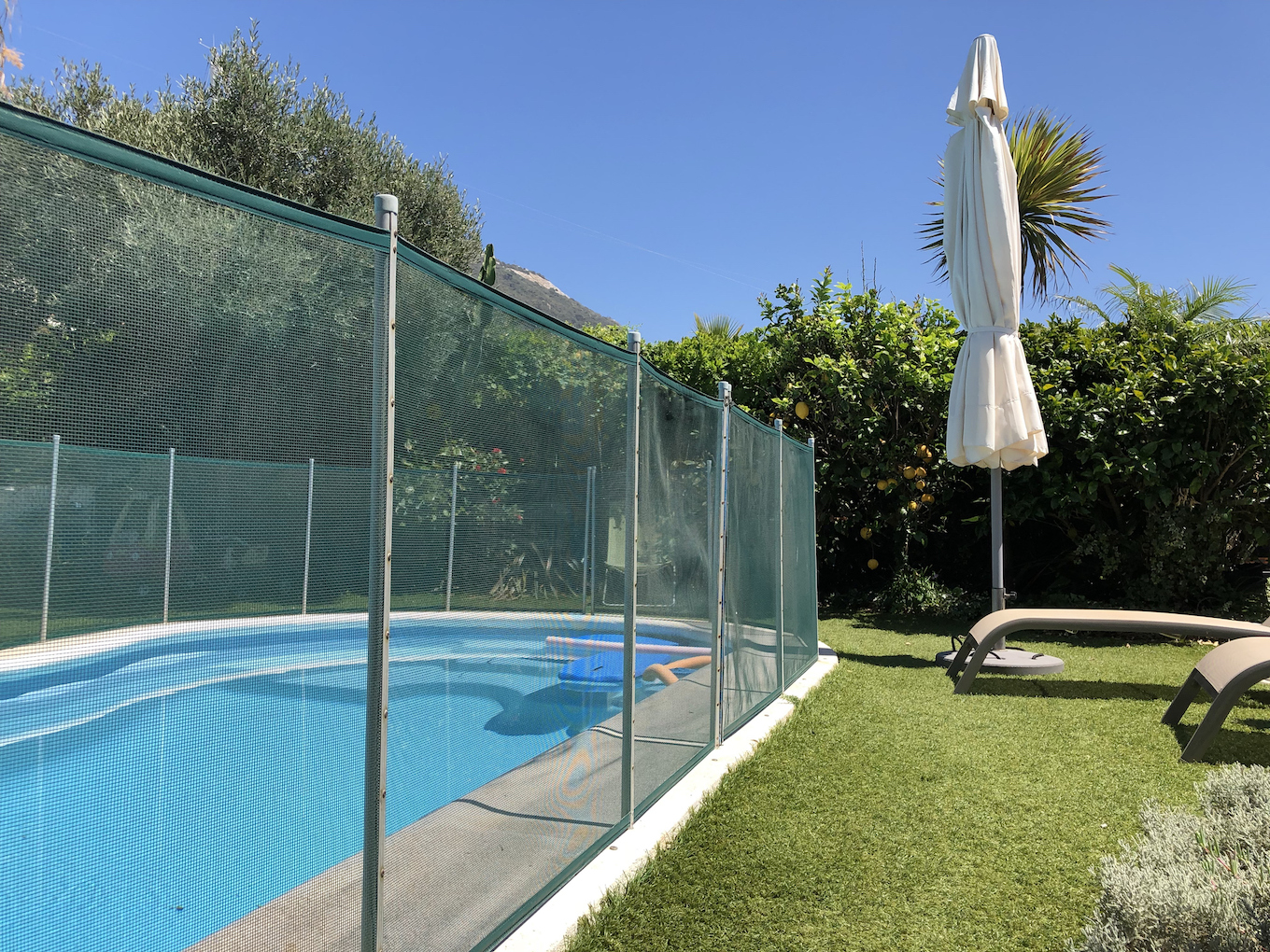
A kid’s drowning risk goes down 83% when a fence is used around all four sides of a pool, according to a media release from the United States Swim School Association. A proper fence doesn’t just enclose the pool; it also stays locked and has self-closing and self-latching gates to prevent children from getting in without adult supervision.
Restrict Water Access
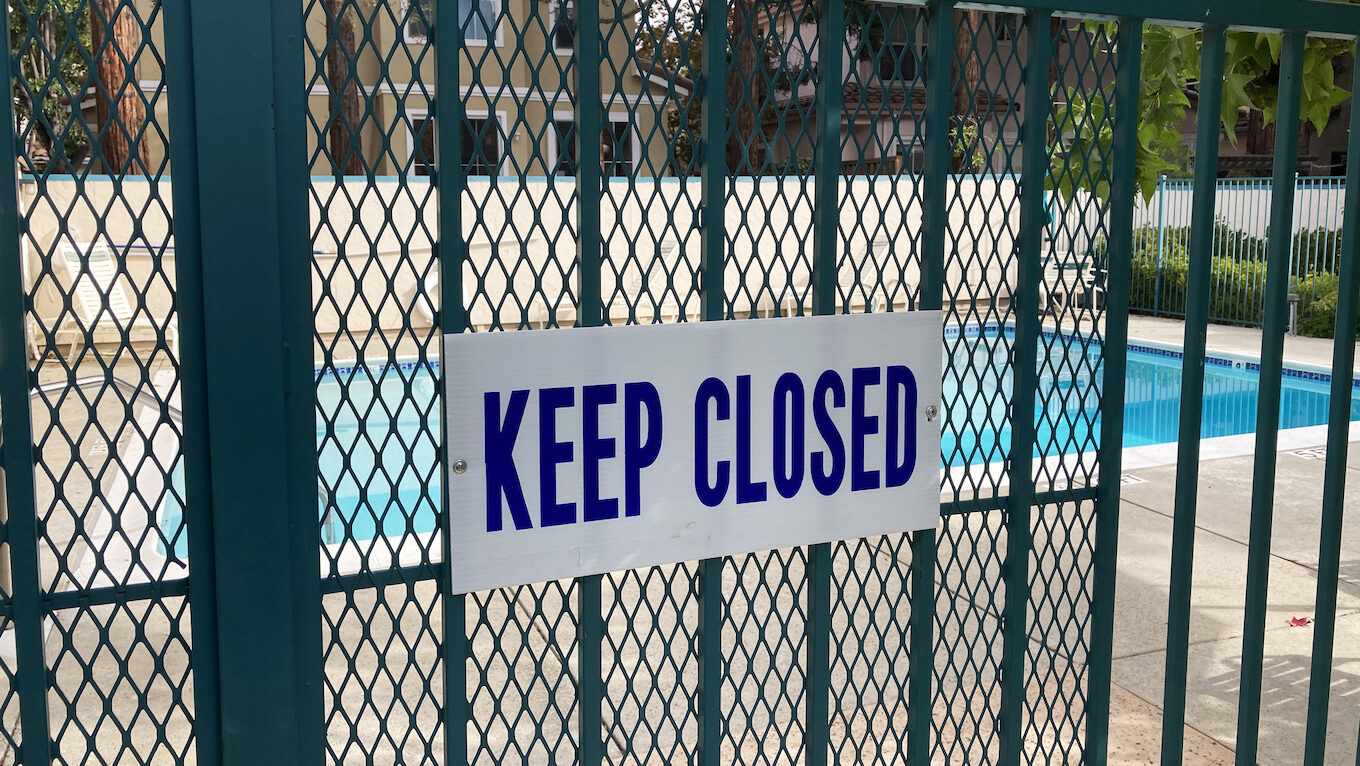
In addition to having a fence around a backdoor pool, the United States Swim School Association recommends keeping all home doors and windows that lead out to the pool area be locked as well. Having that extra layer of security helps mitigate potential risk.
Let’s say for some reason a pool gate doesn’t latch but at least the back door was locked so the kids couldn’t get to the yard anyway. Those fail-safes matter.
Proper Flotation
Paris Hilton recently came under fire for posting her young son swimming with his floatation device seemingly on backward. People were quick to point out the error in Paris’ comments.
If a child is using a life jacket (which they should be when around water — especially when on a boat), be sure it’s worn correctly according to manufacturer instructions. That way it has the best chance of actually helping the child in an emergency.
Keep Toys Out
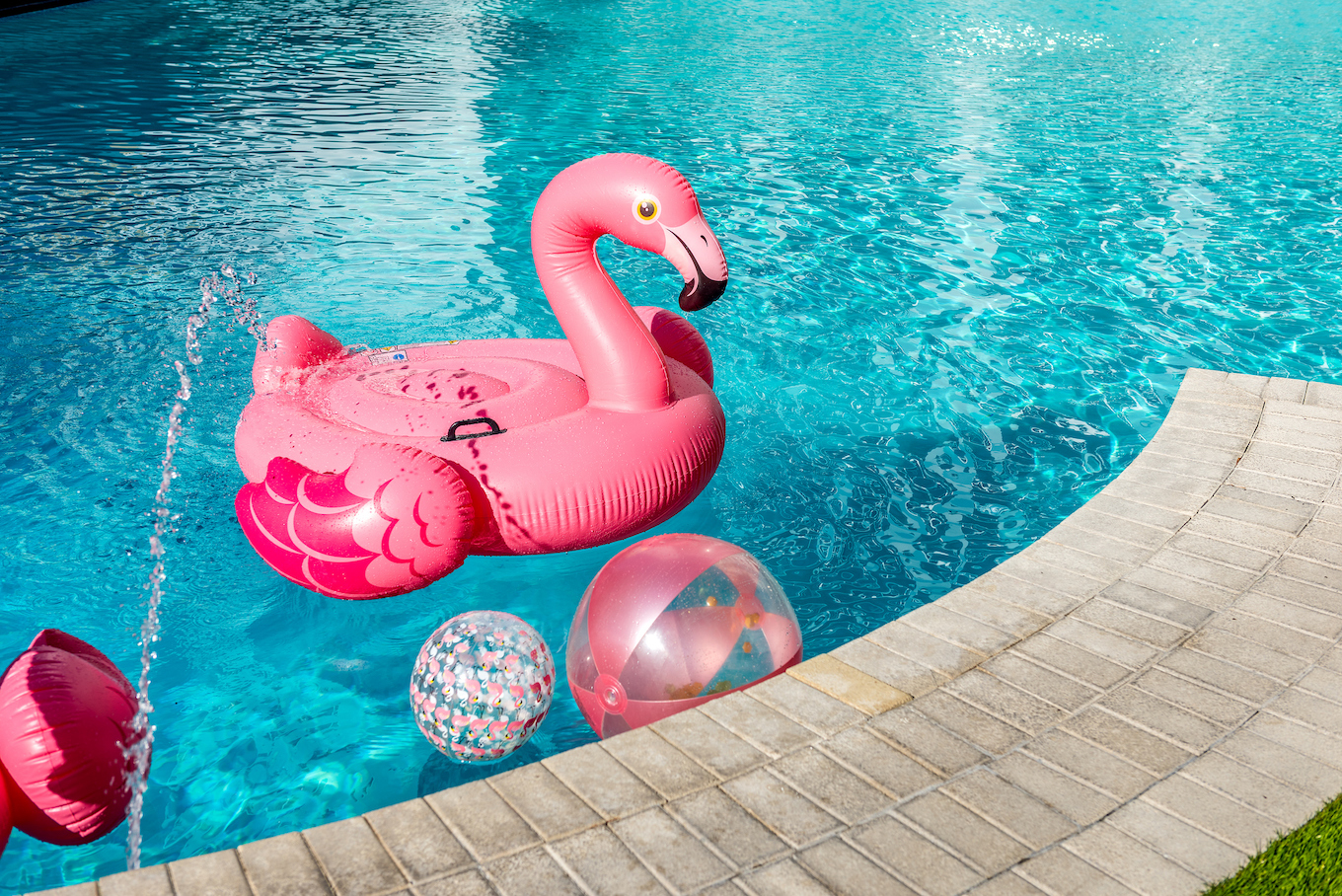
Children can be easily distracted by their toys, so the New York City Health website cautions parents to make sure water toys leave the pool when swim time is over. If a stray toy is left in the water, kids may go in after it when parents aren’t watching.
Any Depth Is Unsafe
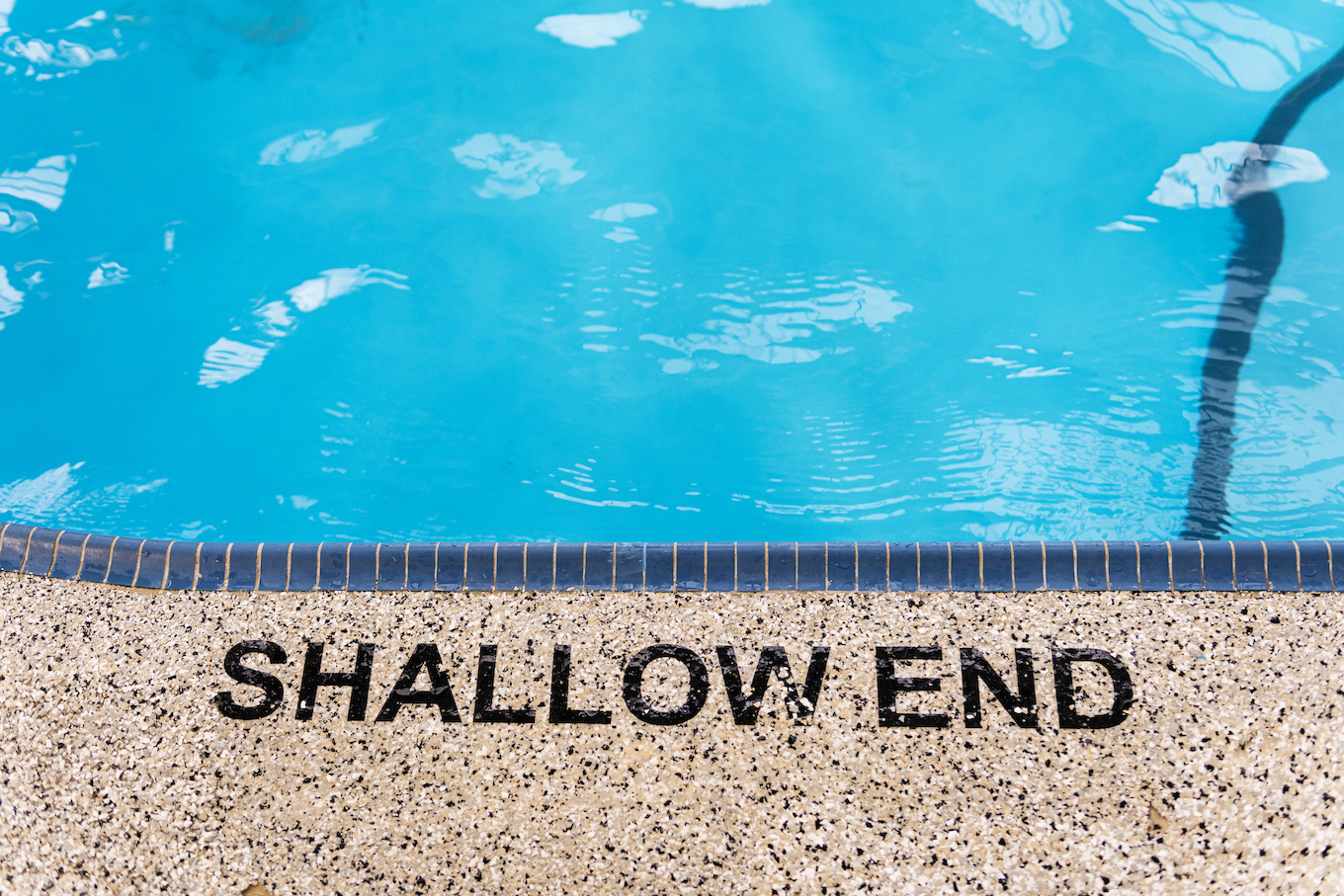
Kids don’t have to be playing in a pool’s deep end to drown. According to CBS News, children can drown in just an inch or two of water. This makes bath time with little ones just as dangerous as a backyard pool day.
The bottom line is that we should be right there, in arm’s reach, in case a child slips or falls into water of any depth.
Know CPR
For parents with backyard pools or who plan to take kids swimming at all this summer, it’s imperative that they be trained in CPR. Proper resuscitation can save lives during drowning incidents. It’s always best to be prepared in case our own kids — or even a stranger’s kid — needs immediate help.
Check the Water First
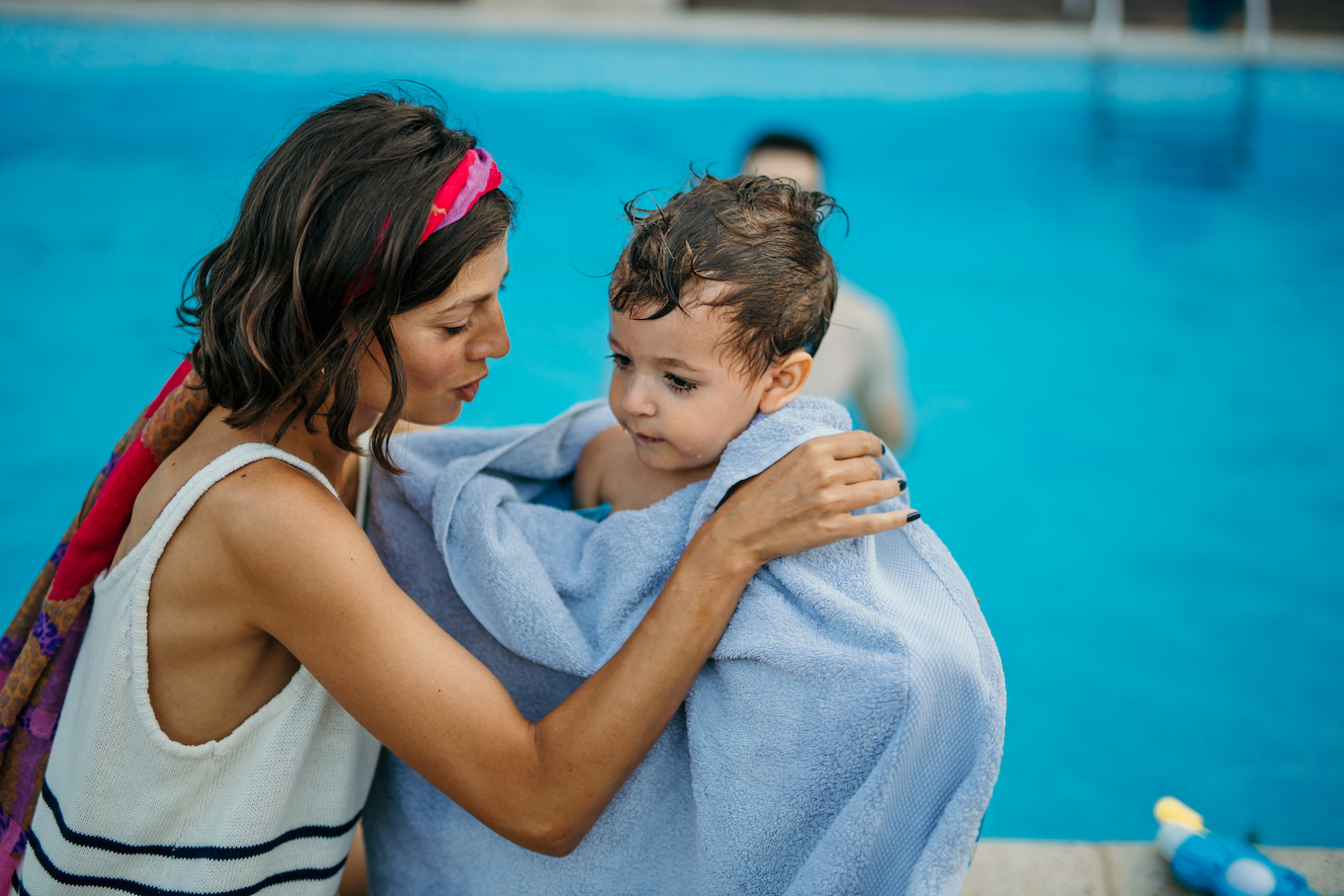
If we do take our eyes off our kids for a second and they silently slip away and go missing — check the water first. That way, if they did accidentally fall in, we can try to get them out in time. Always check the deadliest spots first when kids can’t immediately be seen.
Don't Forget Sun Safety
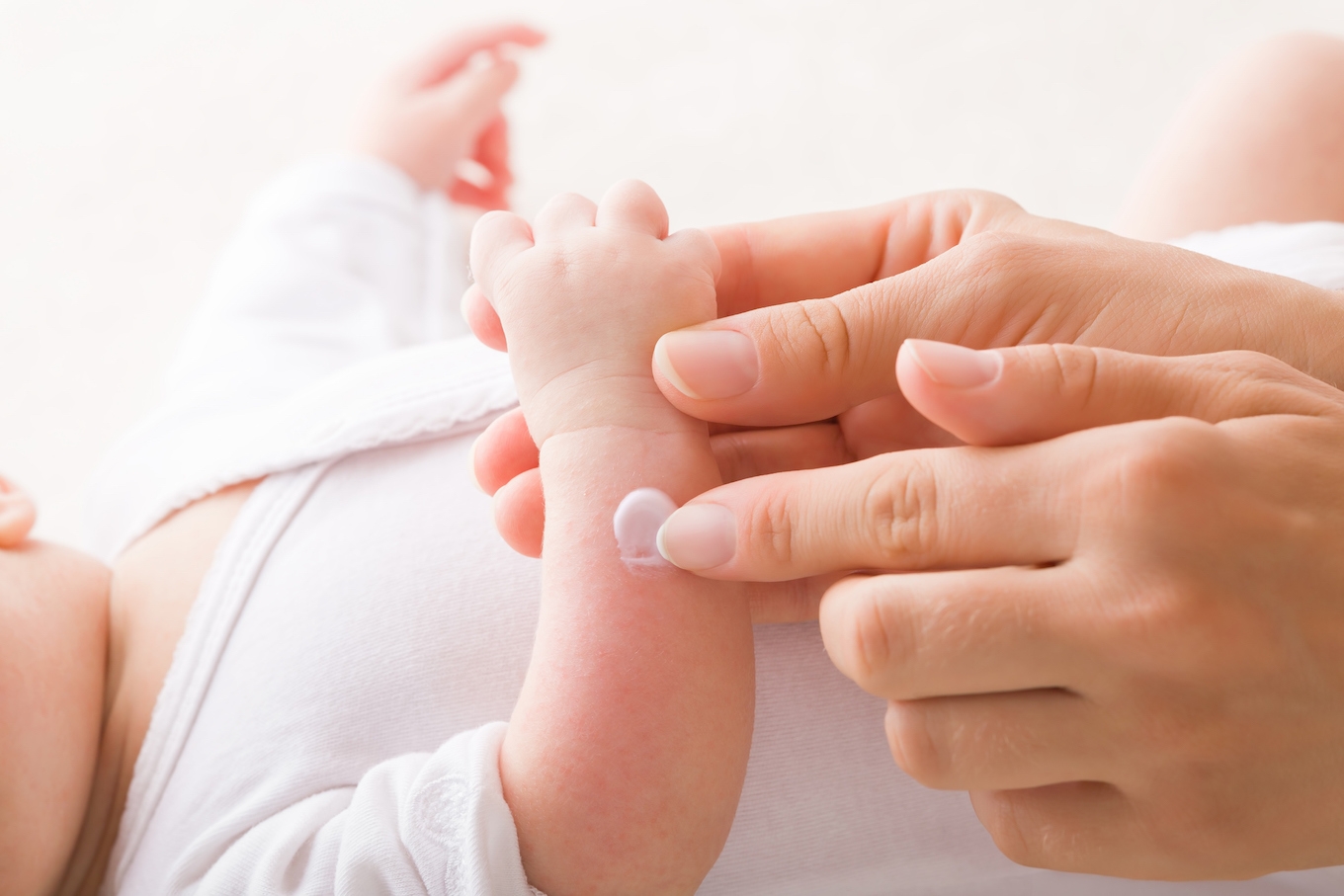
Water safety doesn’t begin and end with time spent in the actual water. Pool, lake, or ocean days often mean a lot of time spent in the sun. Use sunscreen or wear protective clothing and hats. And when outside for long periods of time, reapply sunscreen every two hours.




